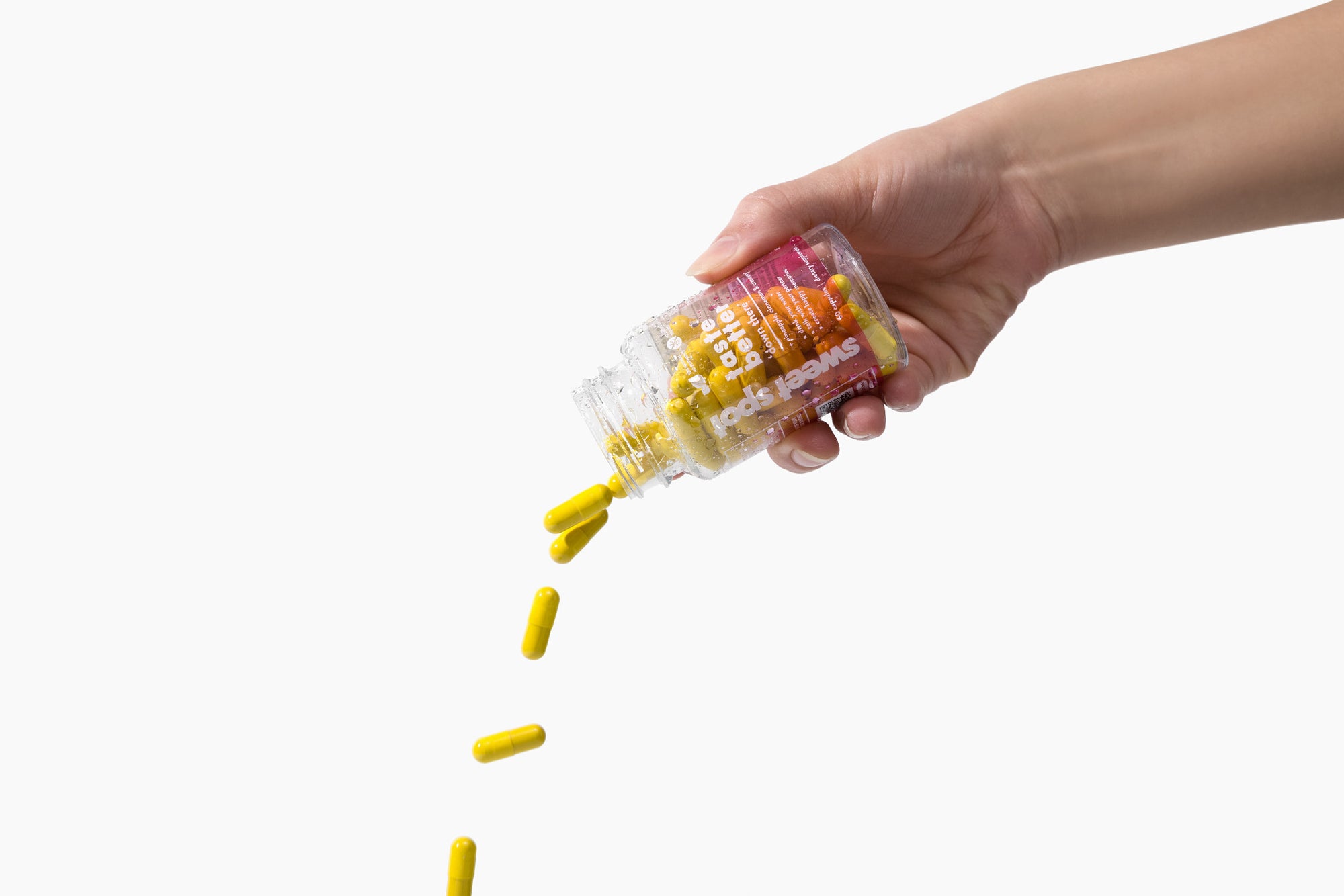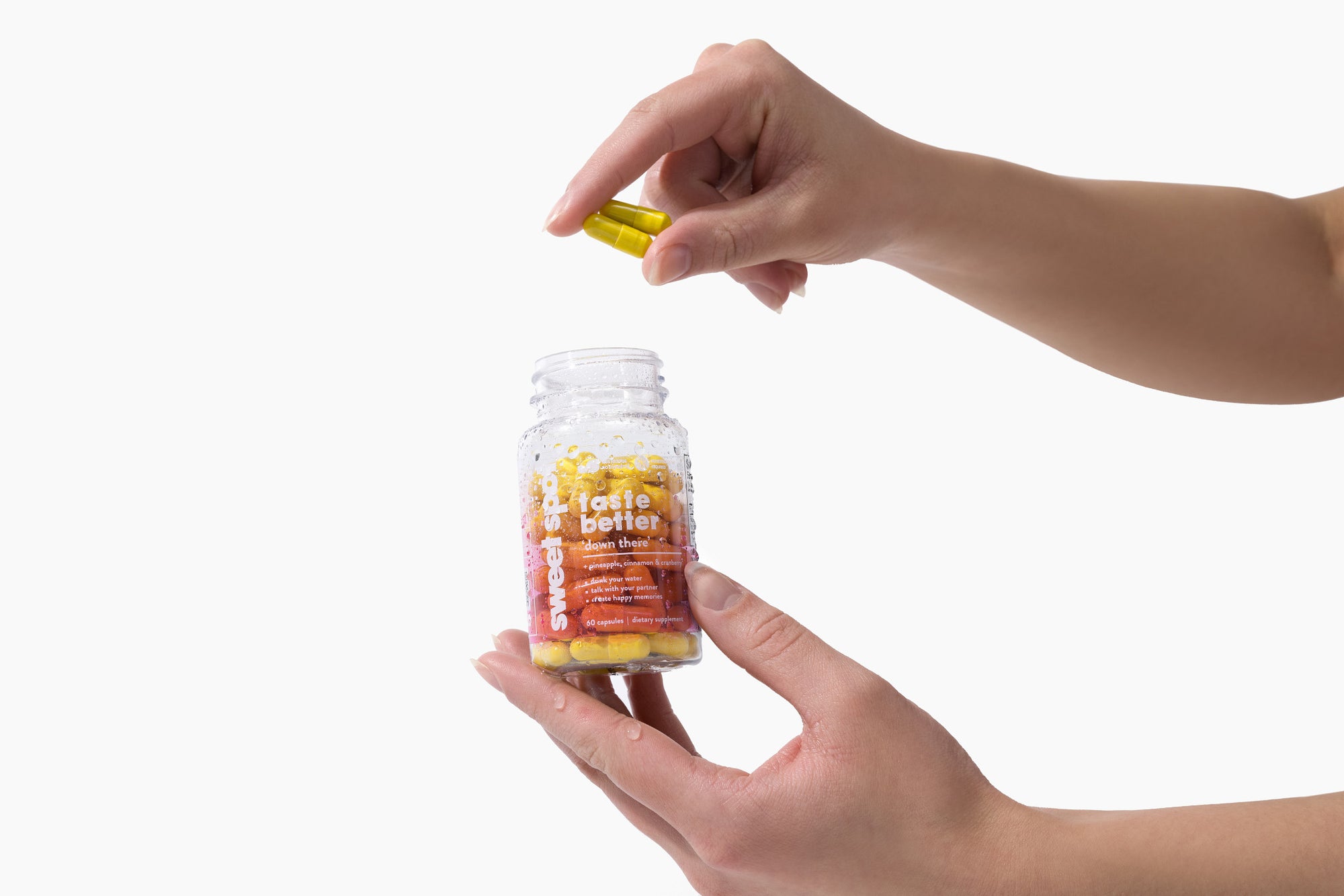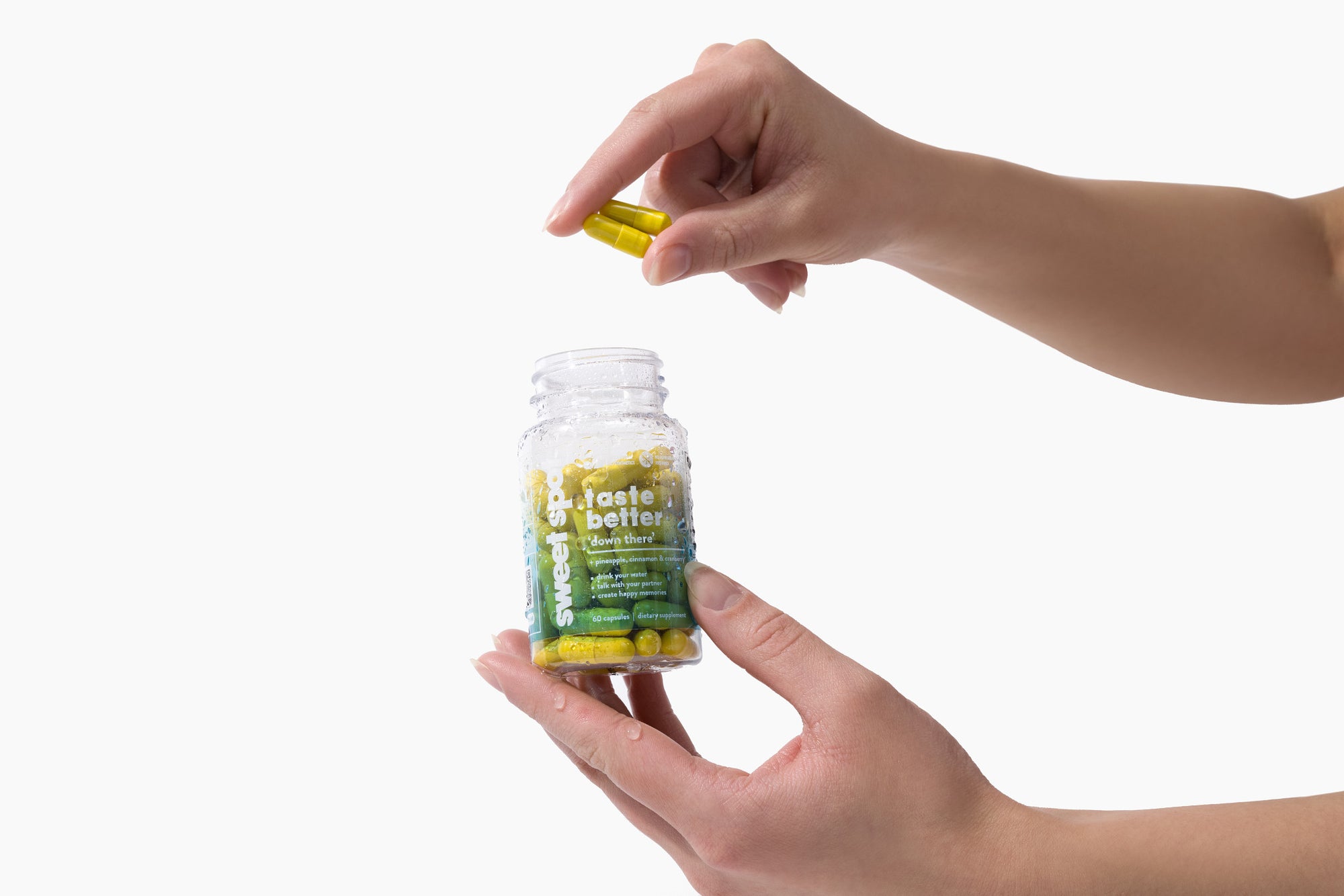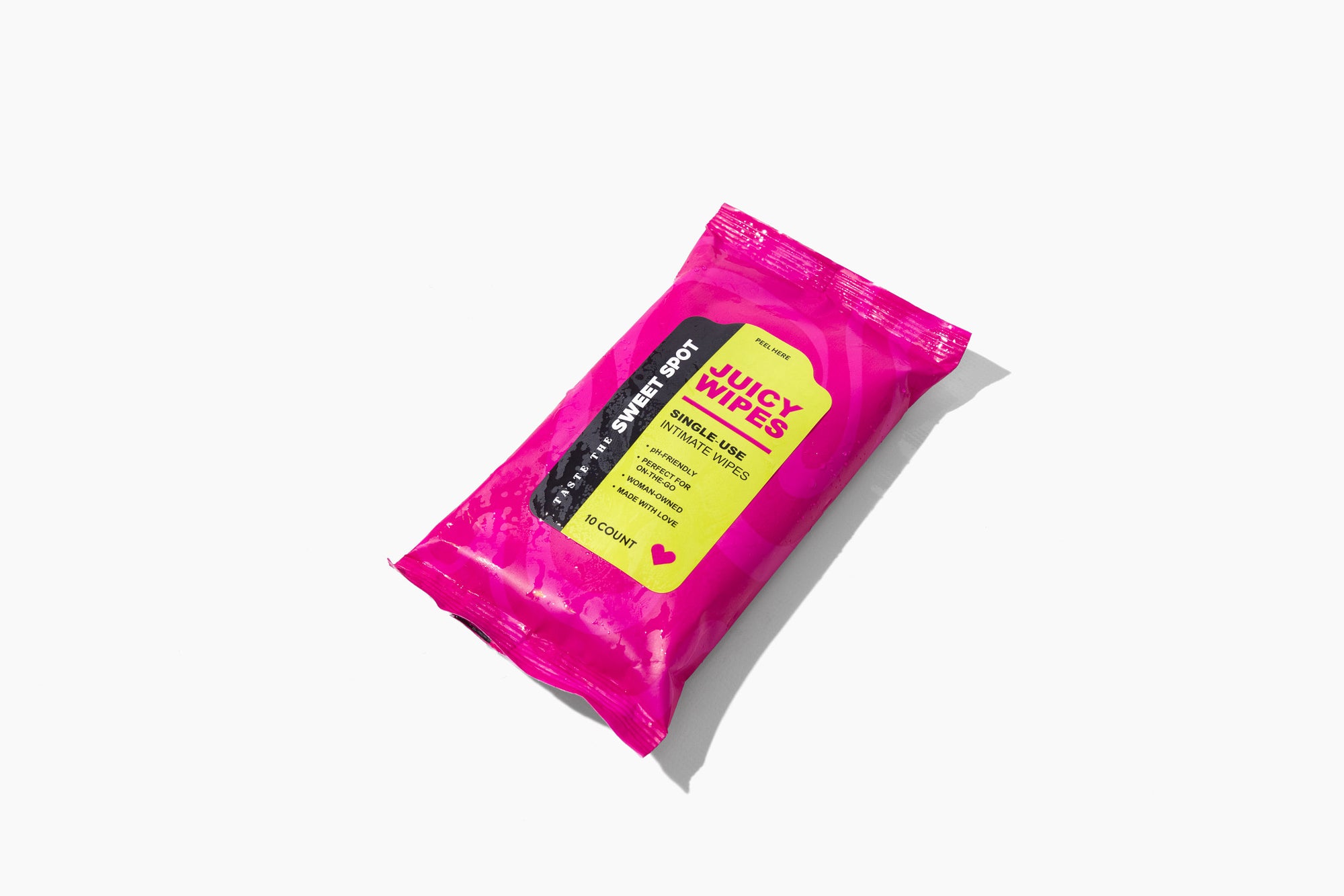

How to Choose the Right Probiotic Supplement: Strains, CFU & Quality Guide
How to Choose the Right Probiotic Supplement
With shelves full of probiotic products, choosing the right one can feel overwhelming. Here are key factors to consider when selecting a probiotic:
1. Check the CFU Count and Strains
A crucial detail is the CFU (colony-forming units) – the number of live microbes per dose. Generally, experts recommend choosing products with at least 1–10 billion CFU per serving. More CFUs mean more live bacteria reaching your gut. But bigger is not always better; doses in clinical studies vary depending on the condition being treated.
Beyond quantity, look at which genera and strains are included. A good probiotic will list the genus, species, and strain (e.g., Lactobacillus rhamnosus GG). Some well-researched strains include Lactobacillus acidophilus, L. reuteri, Bifidobacterium lactis, B. longum, and Saccharomyces boulardii. Each strain has documented effects – for example, certain Lactobacillus strains can alleviate diarrhea, while Bifidobacterium strains often benefit metabolic health.
Pro Tip: Look for probiotic products that explicitly cite the strains used and their CFU per strain. Avoid vague labels that just say “proprietary blend.”
Pro Tip: Multi-strain formulations (like dual formulas for couples) can target a range of benefits. For instance, Taste the Sweet Spot’s Sweet Spot Combo contains two blends – one with female-focused strains and one with male-focused strains – totaling 120 capsules.
2. Storage and Viability
Probiotics are living organisms that can be sensitive to heat, moisture, and oxygen. Check if the supplement requires refrigeration or is shelf-stable. Higher-quality products often use encapsulation technology or freeze-drying to keep the bacteria alive at room temperature. Always look for a clear expiration date on the label and ensure the seller stores the product properly (some websites have real-time storage reviews).
If a probiotic requires refrigeration, it will usually say so. In general, strain viability is crucial: probiotics in capsules should survive stomach acid to reach the intestines. Some formulations include enteric-coated capsules or timed-release technology. The Sweet Spot Combo, for example, uses clean, encapsulated ingredients designed to keep probiotics viable until they reach the gut.
3. Quality and Purity
Since probiotics are sold as dietary supplements, they are not strictly regulated by the FDA. That means you should be vigilant about quality:
-
Third-Party Testing: Opt for brands that have their products tested by independent labs for potency and purity. Look for certifications like USP or NSF on the label, indicating quality verification.
-
Brand Reputation: Read reviews and check that the company has good practices (GMP-certified, transparent sourcing). Established brands in women’s health (like Taste the Sweet Spot) often invest in clinical research for their strains.
-
Additives: Some probiotic capsules include prebiotics (like inulin) or stabilizers. This can be beneficial (prebiotics fuel the bacteria), but make sure additives are non-GMO and free from allergens. The Sweet Spot formulas emphasize “clean, body-loving ingredients” and even include pineapple extract to enhance flavor and support probiotic survival.
4. Match to Your Needs
Different people take probiotics for different goals. Consider your primary reason:
-
General Wellness: If you’re new to probiotics, a broad-spectrum, high-CFU supplement can support overall digestive balance.
-
Digestive Issues: For IBS, colitis, or bloating, look for strains studied in gastrointestinal research (e.g., L. plantarum, B. infantis).
-
Immune Support: Some probiotics specifically boost antibodies and white blood cells.
-
Women’s Health: Certain strains (like L. reuteri and L. rhamnosus) are known to help maintain healthy vaginal flora and pH. Products marketed for women often highlight these.
-
Men’s Health: Strains like B. coagulans and L. acidophilus can support male gut health.
-
Couples: Combining probiotics for both partners, as in the Sweet Spot Combo, can harmonize gut microbiomes – the brand reports that couples taking the dual probiotic “smell and taste better” thanks to balanced flora.
Always consider your overall diet and any special conditions (pregnancy, antibiotics, chronic illness) and consult a healthcare provider if needed. For example, immunocompromised individuals should only use probiotics under a doctor's guidance, as rare cases of bloodstream infection have occurred in hospitalized patients.
5. Probiotic Foods vs Supplements
Incorporating probiotic-rich foods is a simple first step. Foods like yogurt, kefir, sauerkraut, kimchi, miso, tempeh, and kombucha naturally contain live cultures that promote gut diversity. Eating these regularly can complement a supplement. However, food sources may not provide as many CFUs or specific strains as a supplement.
For targeted results, probiotic supplements (capsules or powders) ensure a high dose of selected strains. For example, the Sweet Spot Combo is sold as a supplement for convenience, but its description also notes that both formulas are made with “pineapple extract,” a prebiotic-rich fruit that naturally supports beneficial bacteria. Integrating fermented foods (with every meal or snack) and a daily probiotic capsule is often recommended for the best outcomes.
6. Safety and Side Effects
Most healthy people tolerate probiotics well. Common side effects when starting a supplement may include mild gas, bloating, or digestive changes, usually temporary as your body adjusts. To minimize issues, start with a lower dose or take the supplement with food.
However, certain groups should exercise caution. People with severe illnesses, weakened immune systems, or indwelling medical devices should check with a doctor before taking probiotics. Rarely, a patient on long-term antibiotics in an ICU developed bloodstream infections from probiotics, highlighting the need for medical oversight in complex cases. In everyday use, probiotics have an excellent safety profile and do not cause disease like pathogenic microbes
Key Tips for Choosing the Ideal Probiotic Supplement
-
CFU and Strain Check: Look for ≥1 billion CFU, multiple strains, and named genera (especially Lactobacillus and Bifidobacterium).
-
Read the Label: Verify storage instructions (refrigerated vs shelf-stable) and expiry dates. Ensure the product’s labeling matches the content (no vague claims).
-
Quality Brands: Choose reputable supplement makers. Taste the Sweet Spot’s Sweet Spot Combo is a clean, clinical-strength option with explicit dosing and dual probiotic formulas for couples.
-
Combine with Diet: Use probiotic foods daily and consider a prebiotic-rich diet (fiber, fruits, vegetables) to feed your probiotic bacteria.
-
Consult When Needed: If you have health conditions or medications, discuss probiotic use with a healthcare provider.
Selecting the right probiotic supplement can feel overwhelming, but the Sweet Spot Combo makes the choice easy and reliable. Specifically formulated for both men and women, these expertly crafted probiotic capsules offer a powerful combination of clinically proven strains, clean ingredients, and effective delivery methods. By supporting digestive comfort, boosting immunity, and enhancing intimate wellness, Sweet Spot Combo transforms daily supplementation into a lifestyle upgrade, truly making it the optimal probiotic partner for lasting health.











